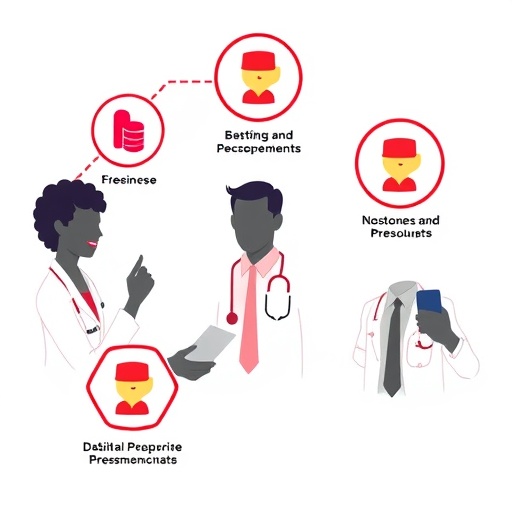Climate change will increase the frequency of temperatures ‘inconsistent with life,’ review says
Rockville, Md. (February 21, 2019)–A new review of more than 140 studies explores the physiological dangers that climate change will likely have on animal life, including humans. The review is published in the journal Physiology.
2018 was the fourth-warmest year on record, according to NASA scientists, and the majority of the hottest days on record occurred in the past decade. These data point to a trend of warmer temperatures and an increasing frequency and severity of heat waves well into the 21st century. The growing intensity of global warming increases the likelihood of heatstroke and related illnesses in people, as well as heat stress in animals on land, in the sea and in the air.
“Animal populations are likely to respond to increased frequency and severity of heat waves by several different modes: movement, adjustment and death (or selection),” wrote Jonathon Stillman, PhD, author of the review. Stillman describes how species–including humans–are adjusting migration patterns, behavior and physiological characteristics to cope with an increasingly hotter climate.
Migration: Many species alter their seasonal patterns of movement–also known as migration–to avoid locations that are too hot. Some migratory species of birds and fish may settle in areas that, due to global warming, are no longer too cold.
Behavioral changes: “Behavioral shifts in response to extreme heat in endothermic homeotherms (i.e., birds, mammals) are most likely to increase the time spent evaporatively cooling (e.g., sweating, panting, gular fluttering, swimming), with an [accompanying] increase in water demands,” Stillman wrote. Through increased cooling methods, however, many small species lose more water than their body size can accommodate. Dehydration can become a major threat to survival.
Physiological changes: Shifts in proteins that regulate energy balance and gene expression may occur when ambient temperatures remain consistently higher than in previous years. These adjustments sometimes lead to inefficiency of the cells’ energy centers (mitochondria) and may cause increased cellular stress. These and other physiological changes may also take place in future generations due to the parents’ behavioral and physical shifts.
Human behavior: “Shifts in the behavior of human societies will also be required in response to increased severity of heat waves, especially in populations that have not historically experienced daily-activity routines during dangerous levels of extreme heat,” Stillman wrote. This is especially true for people living in cities because they are less likely to have immediate access to bodies of water, which provide a source of cooling, he explained.
“Today’s cohort of ecological, evolutionary and environmental physiologists, along with the next generation of scientists being mentored by them, have crucial roles to play in producing, communicating and translating the science-based evidence that responsible policy-makers require to address the effects of short- and long-term consequence of climate change on animals, including humans,” Stillman wrote.
###
Read the full article, “Heat waves, the new normal: Summertime temperature extremes will impact animals, ecosystems and human communities,” published in the journal Physiology.
NOTE TO JOURNALISTS: To schedule an interview with a member of the research team, please contact the APS Communications Office or 301-634-7314. Find more research highlights in the APS Press Room.
Physiology is the study of how molecules, cells, tissues and organs function in health and disease. Established in 1887, the American Physiological Society (APS) was the first U.S. society in the biomedical sciences field. The Society represents more than 10,000 members and publishes 15 peer-reviewed journals with a worldwide readership.
Media Contact
Communications Office
[email protected]
301-634-7314
http://dx.




